
















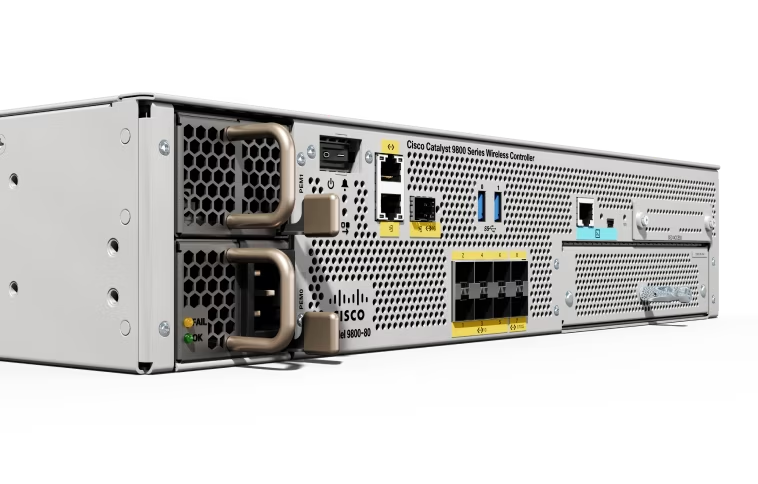

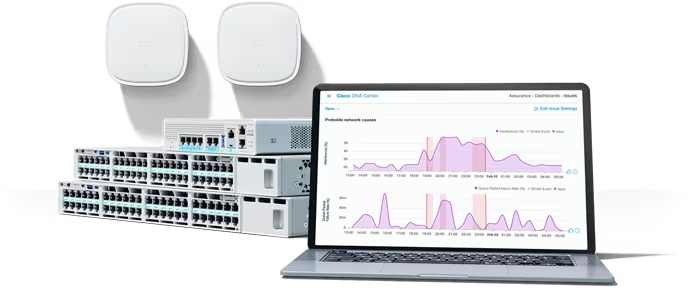

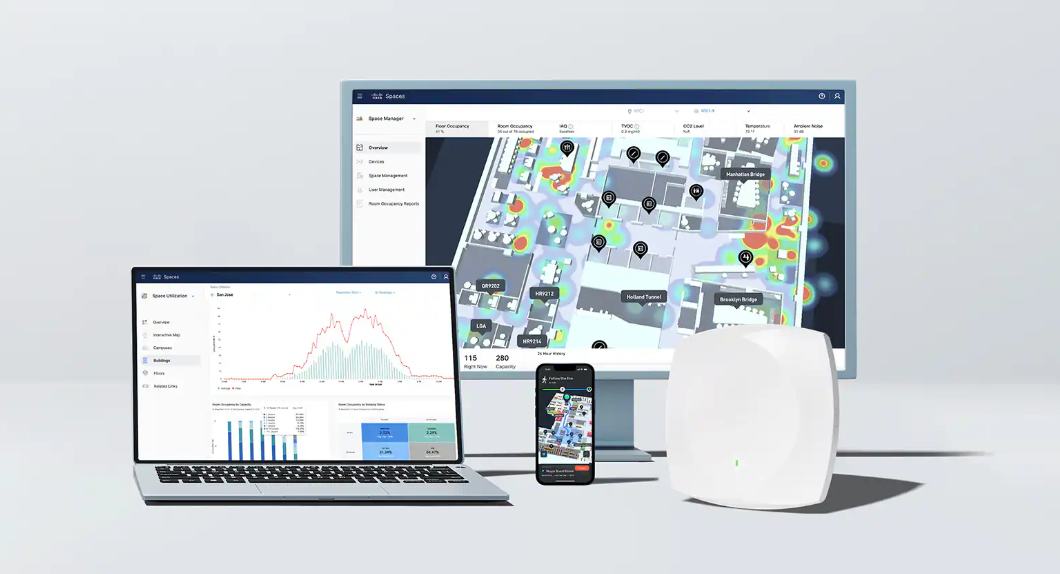

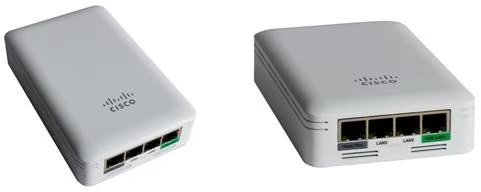
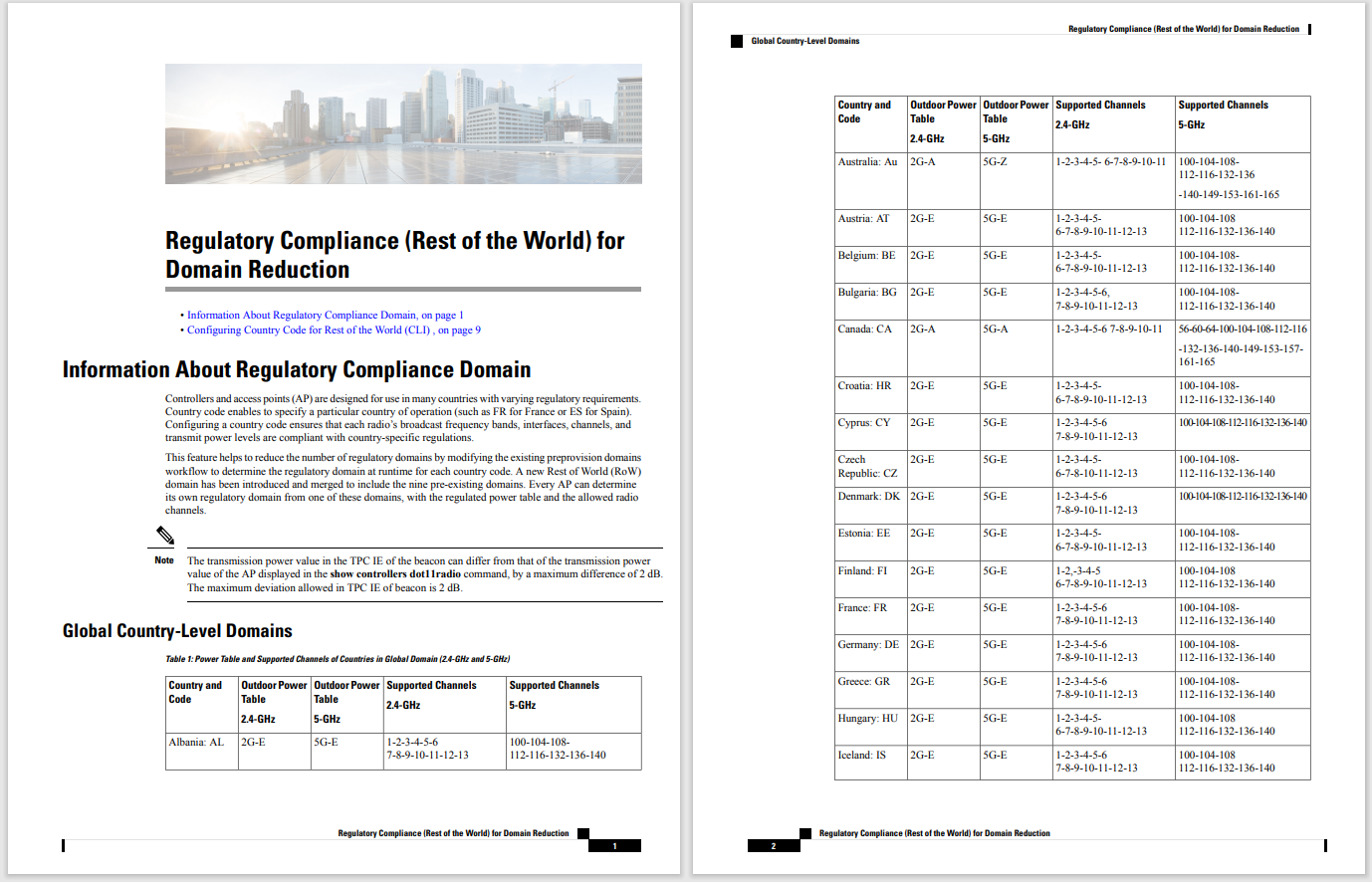
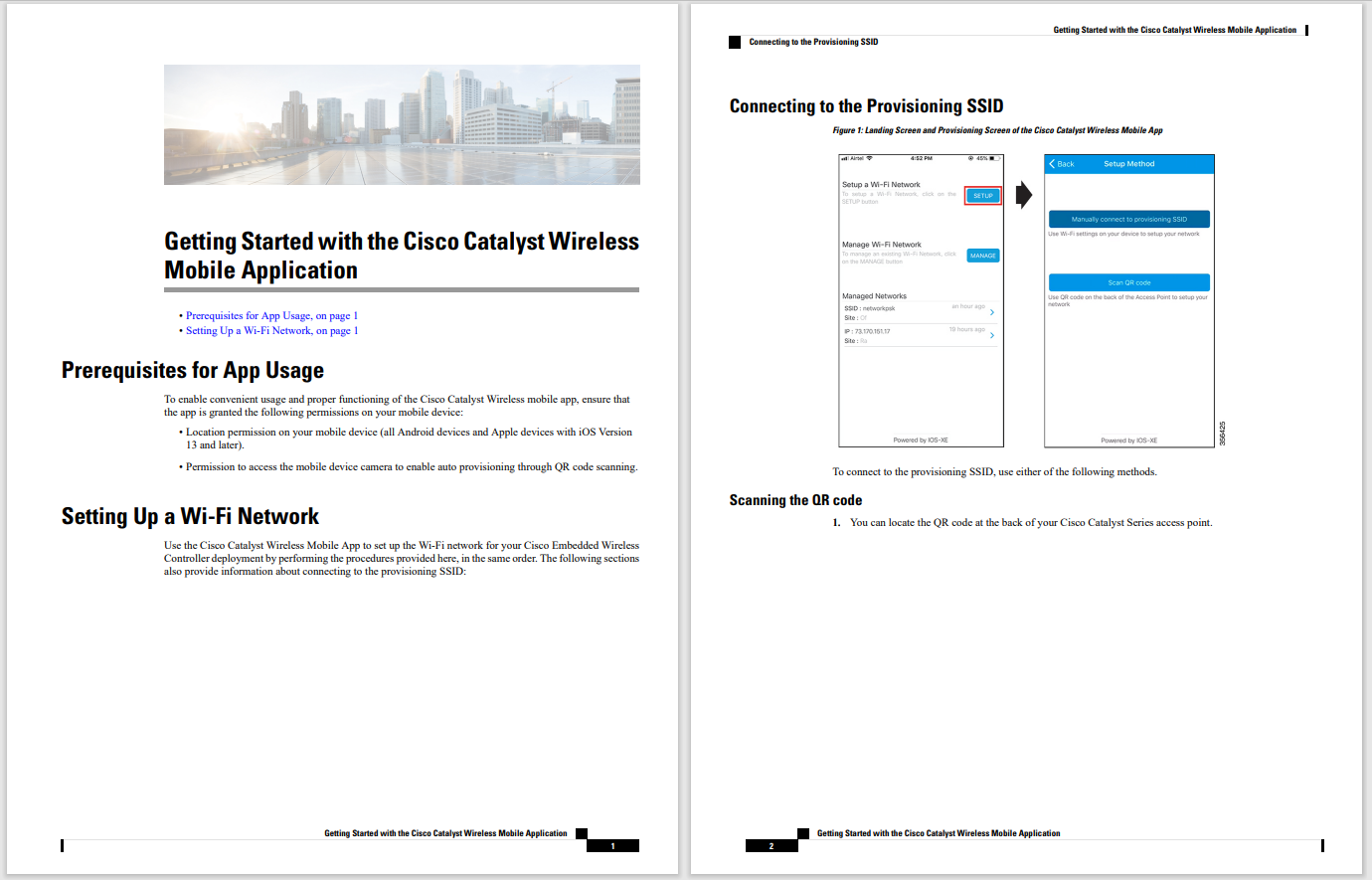

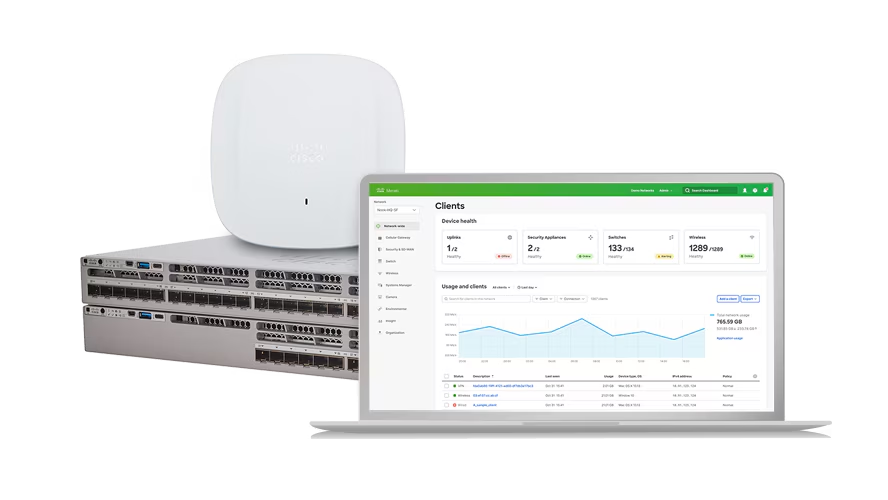
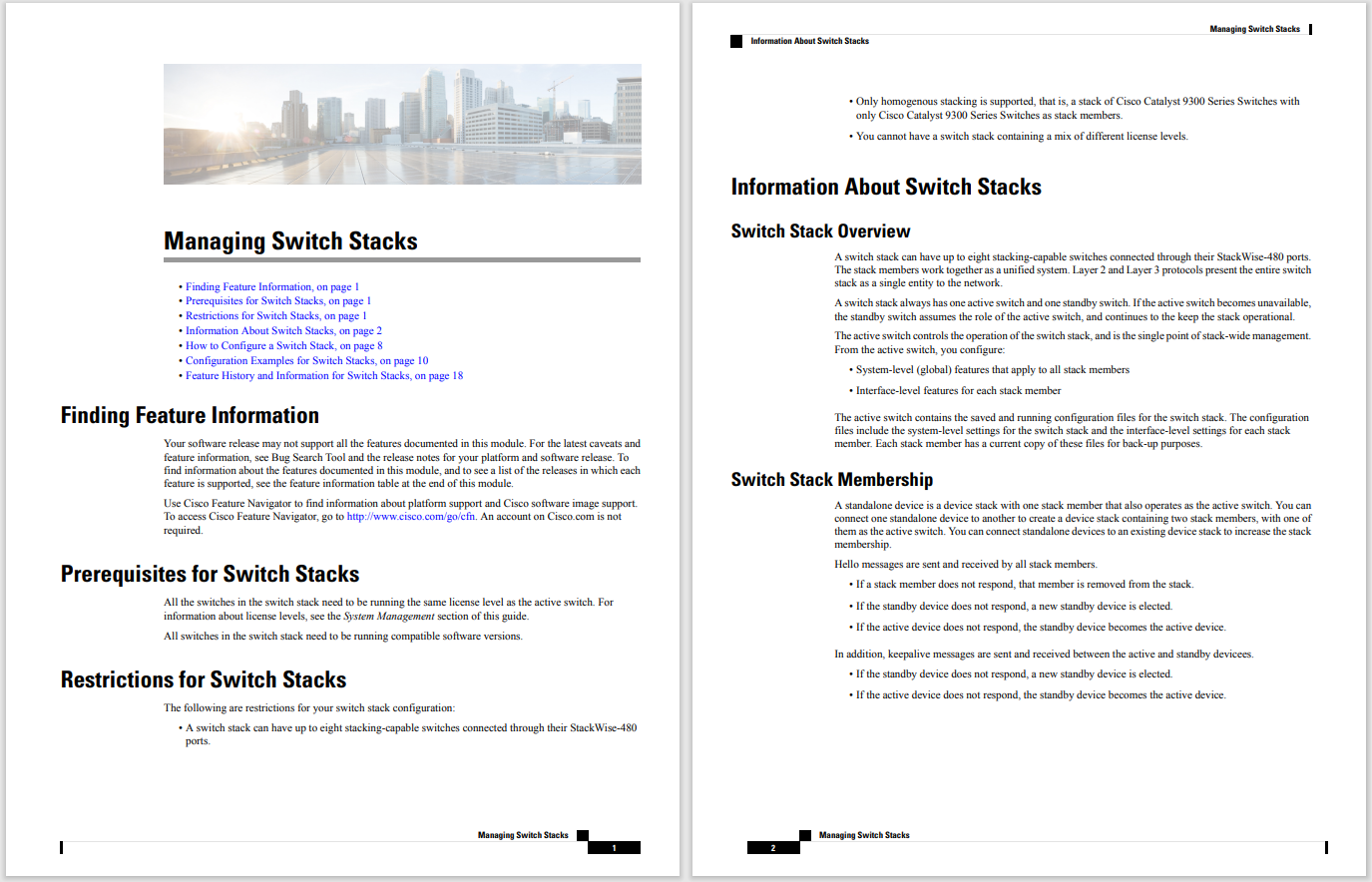
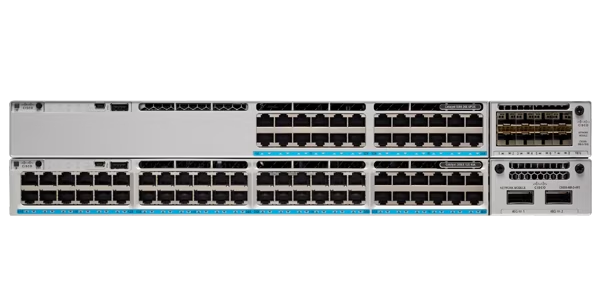
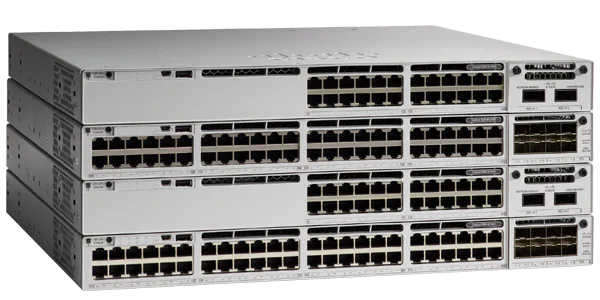

We have a blog series that focuses on thepeople behind Corporate Social Responsibility (CSR) at Cisco. Each blog in this series highlights a different Cisco employee who works closely with CSR initiatives across the company.
Guided by our goal to help create a circular economy, Cisco is working on making products easier to reuse, refurbish, and recycle and for our customers to return them to us to close the loop. Why is a circular economy important? Because the linear "take-make-dispose" model, where products are manufactured, purchased, and then discarded, is not sustainable. It depletes our natural resources, creating too much waste, and produces carbon emissions that contribute to climate change.
Luckily, we have people at Cisco who are dedicated to accelerating our transition from a linear to a circular economy. Meet Kathy Mendoza, a member of Cisco's Reverse Logistics Team. She is helping to make Cisco's Product Takeback and Reuse Program more convenient for customers around the world. According to Kathy, reverse logistics can be thought of as Cisco's circular economy engine. Her team helps companies return products in a simple and secure way, helping them reduce their impact on the planet.
Kathy was recently selected as one of four Champions of Sustainability, a quarterly recognition for Supply Chain and Global Procurement Services employees at Cisco who advance sustainable and ethical practices as part of their daily responsibilities.
I recently sat down with Kathy to learn more about her career journey, what her team does to contribute to a circular economy, and how they are helping customers meet their own sustainability goals.
 Kathy Mendoza, Global Asset Recovery Lead, Cisco Reverse Logistics
Kathy Mendoza, Global Asset Recovery Lead, Cisco Reverse LogisticsKathy:I started my career journey very young, right out of high school. I worked as a technician and a software developer in the semiconductor industry. I stayed there for four years before moving on to a company that built nuclear energy reactors and control rooms. I worked as a Wireman building and staging control room panels the size of a football field and later moved to a Rubberman position, performing power on testing to get the control room ready to insert it into a nuclear power plant. After that, I took an entry-level position at IBM on the manufacturing floor, and because of my previous experience, I quickly moved up to engineering, driving new product development for Hard Disk Drives. I then held multiple management positions in HDD Manufacturing, OEM Sales & Warranty Returns, Global Supply Chain Planning and Logistics, Global Reverse Logistics and Warranty & Repair. After rapid growth and increasing responsibility, I was promoted to Director, tasked with transforming the global IT organization and then supply chain planning and logistics.
I spent over 26 years there and retired. I took about a year and a half off, spent some time with my family, and did some traveling. Then people started reaching out to me about consulting positions in reverse logistics and supply chain. I took a contract position at Cisco, helping to build and roll out Cisco Quad employee communities across the supply chain organization.
Cisco became a good fit for me, and they hired me full-time. The environment, the work ethic, and the values that Cisco has aligned with my values. I've been with Cisco for nearly 12 years, and I have held multiple positions since I started. I started in the partner management and sourcing group, then moved to global logistics as communications manager and then to network and partner services as chief of staff. Now I'm in reverse logistics, as a global asset recovery lead.
Kathy:At the World Economic Forum in 2018, our CEO joined forces with the Platform for Accelerating the Circular Economy (PACE) in signing the Capital Equipment Pledge, committing to 100 percent product return upon request, at no cost to our customers.
The Reverse Logistics team is helping to achieve the vision laid out in the pledge. My role, and my team's role, is to work with the Cisco sales teams and customers globally, making sure they are aware of our programs, and make it easier for customers to return their products.
We are promoting reuse over recycling and looking to implement partnering with our recyclers to connect our recycled content into new manufacturing, including our own operations. All over the world, in all businesses, reverse logistics is about taking back goods and materials that you no longer need or want.
Kathy:It means that any Cisco customer anywhere in the world can return equipment to us when they're done using it. We have a few different tools for this, and we recently published a guide, so customers know which tool to use for their situation.
One tool I'm excited about is the Send IT Back app, which makes it very easy for customers to send equipment back with a few clicks on their smartphone.
Kathy:When we re-launched our Product Takeback and Reuse program in May 2020, we always wanted to give it an edge. One way we're doing that is by expanding the availability of Cisco's Send IT Back mobile app. It is a great tool and easy for people to use. All you do is download the app, register, take a picture of the product you want to return, and a shipping agent will contact you to arrange pickup. And then the product is off your hands. On April 5, we announced that the app is now available for ?iOS?and?Android?devices. In 2021 we expanded beyond the United States and the Netherlands, conducting a successful pilot in Germany, which led to enabling 27 European Union countries and the UK. Further expansion into additional Non-EU countries and Asia is planned for the second half of 2022.
Kathy:There are two different options when we take equipment back: reuse and recycle. Everything that goes through the Send IT Back app goes to our depots where it is stored in a secure location and we determine if it can be reused through Service, Cisco Refresh, or reused internally. If it can't, we send it to be recycled.
Today, we are able to reuse 80 percent of the product that we are getting back through Send IT Back. Overall, we reuse and recycle 99.9 percent of returns, which helps our customers meet their sustainability goals and ensure responsible equipment disposition.
Kathy:As you look at what different companies are trying to achieve when it comes to sustainability, more and more of our customers need this type of service. With the Send IT Back app, once the product is received, customers can download a report and track every PID, serial number, and quantity that they returned, and keep that data as a record to show how they are operating more sustainably.
We are contributing to our customers' environmental goals by getting more end of use product back from them and ensuring that products are continually being reused and recycled. We're all about making sure that we do the right things from a circular economy standpoint and for mother earth.
Kathy:I am a big advocate for "reduce, reuse, and recycle." I do all the recycling that I should be doing with any products that come into my home. I carry my reusable bag with me, and I've been doing that for a long time, even before many states decided to remove plastic bags. I also volunteer with Save Our Shores to help clean up the beaches here in Santa Cruz, California, where I live. I give away any unused clothing to charities like Goodwill. I recycle my personal electronics, and I am involved in a community garden project where homeless citizens can grow their own vegetables. Every weekend, a group of neighbors will go out with our grabbers, and we pick up trash and plastics that the tourists left behind.
My advice for others is to get educated and learn what you can do personally, even in small steps. If you're not already doing so, take the disposable items you may have and recycle them. Get involved in your community, find out what type of groups are out there. Supporting your local farmers is another thing that people can do. When you think about sustainability and circular economy, taking a reusable bag or coffee cup, going to a farmer's market, and supporting local growers is an easy way to make a difference.
Learn more about Cisco's Circular Economy initiatives
 Hot Tags :
Corporate Social Responsibility (CSR)
environmental sustainability
circular economy
People Behind Purpose at Cisco
People Behind CSR at Cisco
Hot Tags :
Corporate Social Responsibility (CSR)
environmental sustainability
circular economy
People Behind Purpose at Cisco
People Behind CSR at Cisco